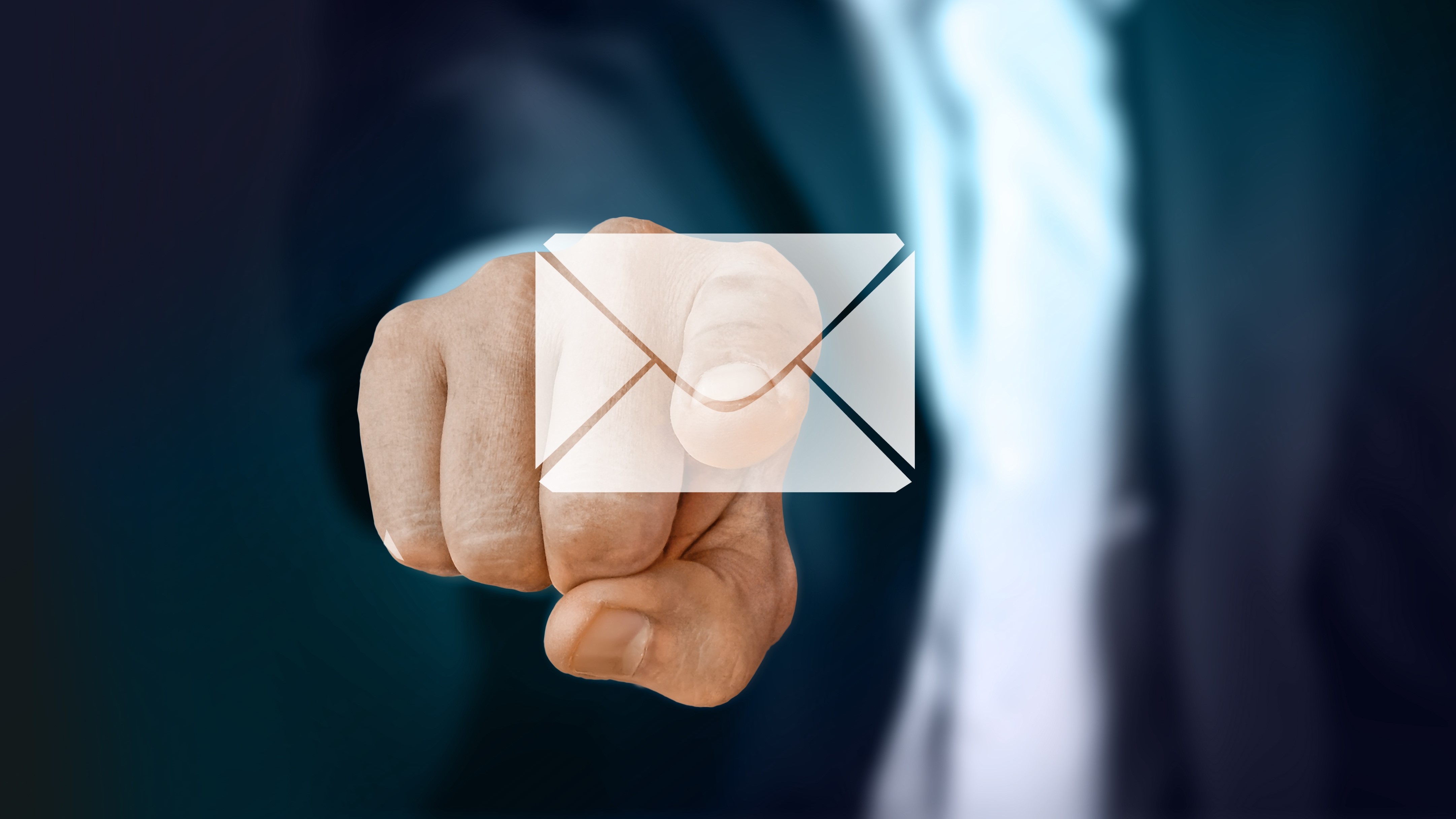How to end an email the proper way: Here are 5 examples
Set the right tone in your email by choosing one of these five endings

In days gone by, office workers will have been taught the meticulous art of writing a letter: where to place the address, how to introduce yourself, and maybe most crucially how to end and sign off different types of letters.
Today, emails are sent as a matter of course, and many of us find ourselves sending tens of emails every single day. Their purposes may range from contacting friends and family, acting as a consumer, or conducting business with a client. An email’s formality lies somewhere between the friendly text or instant message and the well-written letter. As a result, many of us find it difficult to know which ending to use when we’re sending a professional email.
A guide to ending your email the right way
Writing an email is itself a very simple task, however much thought goes into our choice of wording and it can sometimes take many iterations to get it right. Using the right ending, then, is paramount to making a lasting impression.
In the first instance, a useful tip is to consider the context of your email. Think about things like what you are saying - whether you are asking a favor or giving instructions - and to whom it is addressed.
The body of an email is important, but putting thought into its subject and ending demonstrates your communication skills to the recipient. It’s also a polite thing to do: thanking the reader for their time and taking care to select the right type of valediction shows your appreciation.
The right email ending serves to show your professional abilities, too. Not only verbally, but taking time to set up an email in a visually enticing manner helps you to stand out. Not to mention the information it could provide. When emailing somebody new, for example, they can determine who you are by your ending and signature which would typically include your job title and other ways to contact you. While somebody may have spoken with you in person, giving them this clear link to who you are helps avoid any confusion.
If, on the other hand, you have previously communicated with the person in question, choosing the right ending could be made significantly easier. The easiest way to success when tailoring your email to a specific reader is to mirror their style: some people like to maintain a high level of formality while others prefer to take a friendlier approach in a text-like style. In a more casual scenario, you could use a less formal valediction.
Are you a pro? Subscribe to our newsletter
Sign up to the TechRadar Pro newsletter to get all the top news, opinion, features and guidance your business needs to succeed!
Consider prying eyes
Unlike letters, emails are usually seen by more than one pair of eyes. When ending your email, and indeed when writing the bulk of its body, consider who else may gain access to this email.
If you have sent it to the wrong person, it may be forwarded on to the right person. Check that the ending is just as relevant to this second pair of eyes. Because businesses usually work as multiple teams, other members may be CC’d or BCC’d into your thread, so take care to make the email as applicable to multiple people as it is to one.
Using automation to streamline your experience
Automation comes in all shapes and sizes, but even the humble automated signature can help you to use the right ending. Taking the time to set up a number of email signatures that can be used in different scenarios can save you time in the future. At a minimum, you should have standard templates for formal business, informal business, business gratitude, and informal non-business settings.
Closing up the email
Sitting somewhere between the main part of your email and its ending is a closing sentence. The valediction is usually a shortened version of this, and as such it should thank the recipient for reading your email and let them know how and when to contact you if they need to.
What you say in this part determines which style of signoff you use. Below are five commonly used endings that you can use in your next email.
1. Regards
This is best used in a formal business scenario. It’s not a particularly attractive ending, but that’s exactly why it should be used in a professional email. The unoffending word can be paired with other words - commonly paired are ‘kind regards’.
Take this ending to the next level by tailoring it to your business. A gardener may want to use ‘green regards’, while an electrician may prefer a punchy ‘electric regards’. Yes, it can seem a bit clunky, but it will certainly draw attention to you when used in the right way.
2. Sincerely
‘Sincerely’ can be used interchangeably with regards and sits on the more professional end of the scale. It’s best avoided in casual business emails sent to colleagues.
3. Best wishes
‘Best wishes’ bridges a gap between professional and casual, so take the time to get to know the reader in order to determine whether this is appropriate.
You may see this shortened to ‘best’. Once you get to know your recipient, or you are talking to somebody that you know quite well, but you still want to come across as polite, this is the one to go for. It’s can be seen as a welcoming gesture that puts your reader at ease.
4. Thanks in advance
If your email requests or asks something of someone, you will typically want to thank them for their efforts. Rather than waiting, show your appreciation that they are even considering honoring your wish. Note that it can carry an air of demand to it. In order to appear less expecting, opt for the simple ‘thanks’.
5. Cheers
This is the least formal of all five email endings and should be avoided when conducting important business. It’s equally at home in a friendly email to a familiar colleague as it is to a friend or family member. This one simple word consists of multiple connotations, ranging from an act of gratitude to a bid of farewell.
We feature the best email hosting providers.
With several years’ experience freelancing in tech and automotive circles, Craig’s specific interests lie in technology that is designed to better our lives, including AI and ML, productivity aids, and smart fitness. He is also passionate about cars and the decarbonisation of personal transportation. As an avid bargain-hunter, you can be sure that any deal Craig finds is top value!
